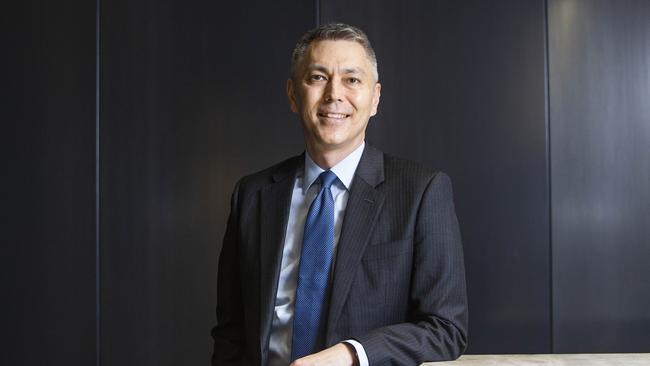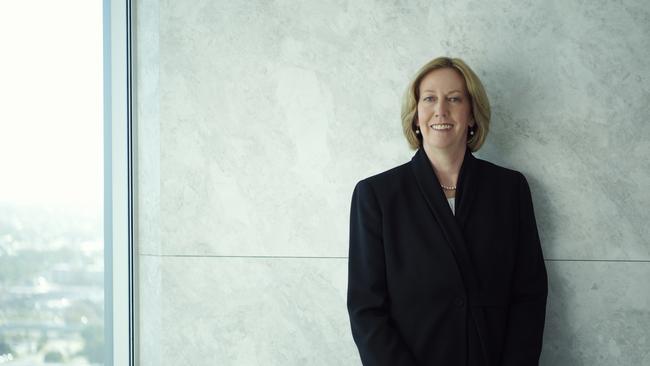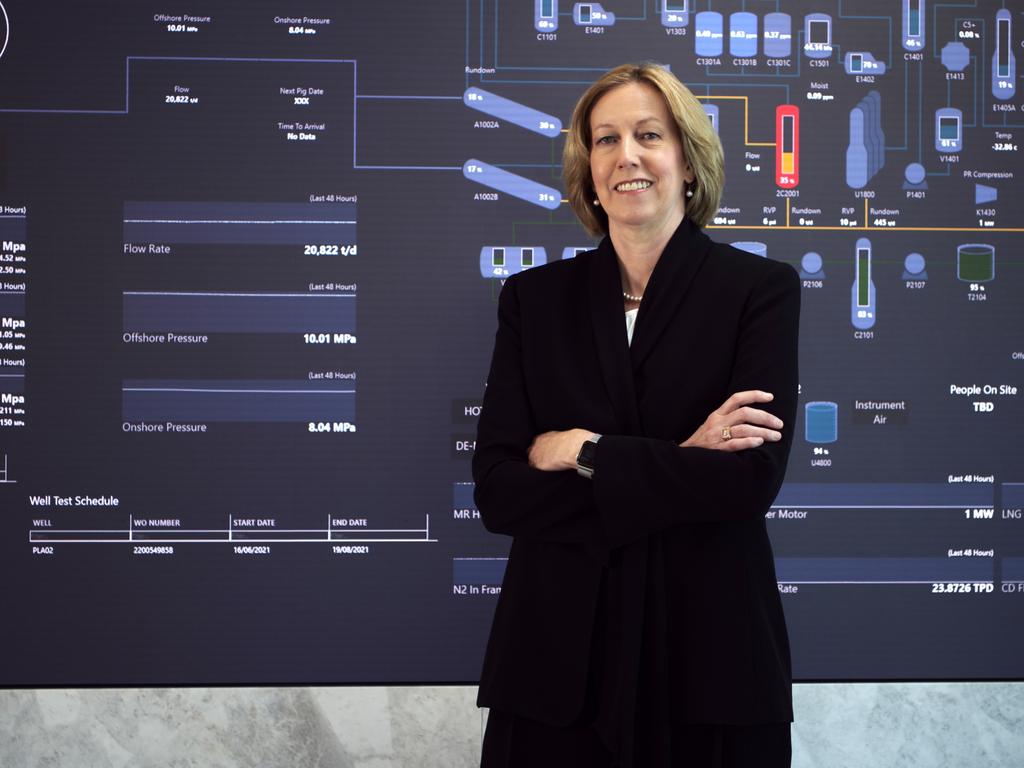
This week’s BHP-Woodside deal actually was born in April 2016 where much of the nation’s mining action starts - the Melbourne Mining Club.
Current BHP CEO Mike Henry had just been appointed in charge of BHP Minerals in Australia and publicly set out the basis of a plan that was to be announced some five years later in 2021. His groundbreaking speech is attached but let me quote three short excerpts:
* “As the world takes more aggressive action on climate change……..I’ve been clear on wanting to increase our options to grow further in future-facing commodities – copper, nickel and potash foremost among them.”
* “Divestment of companies that hold fossil fuels could simply drive unsustainable assets off grid and into the hands of those who are less committed to environmental social governance (ESG) and transparency.” (That Henry view was translated into the Woodside deal).
* “Companies that have a superior track record on ESG and the way they go about dealing with it, will be the winners in the coming two decades.”
PDF: Mike Henry’s 2016 speech
https://origin.go.theaustralian.com.au/wp-content/uploads/2021/08/Mike-Henrys-2016-speech.pdf
Two years later in 2018 under then CEO Andrew Mackenzie, BHP took a loss and sold out of its US shale oil stake. But Mackenzie, a former BP executive, had built up a world class oil team and BHP believed that falling world oil reserves would herald a decade or two or oil prosperity, so BHP replaced shale by investing in low cost oil/gas fields of global significance in the Gulf of Mexico and the West Indies.
That Mackenzie vision, backed by the BHP board, is now to be transferred to Woodside. It is on time and budget but there is still major investment ahead.
Mackenzie decided to step down as CEO (he is now Shell chairman) and after a search Mike Henry was appointed BHP CEO in January 2020. In his board interviews to get the job Henry set out a vision for BHP that was in line with his Melbourne Mining Club speech.
As it happened, the year before the appointment, BHP had undertaken an extensive review of its future using four future carbon reduction scenarios.
It found that if decarbonisation was accelerated (scenario one) BHP would win not only in copper and nickel but steel would also benefit via the need for new infrastructure. And if the climate change theories were right then potash would also be in great demand to increase food production.
So with Henry in the saddle, BHP was headed in a different long term direction but the timing of any action and how it would be done were not determined.
Then came the inauguration of Joe Biden as US president in January 2021. That meant that BHP’s “scenario one” was about to happen - an enormous investment in vehicle electrification which would spread globally. It soon became clear to BHP that the copper-nickel-steel boom would be huge
This was BHP’s backyard and yet it was planning major investments in oil and gas.
Over the years Woodside and BHP have had casual conversations about merging their two petroleum operations but in March BHP chairman Ken MacKenzie and Woodside chairman Richard Goyder had serious conversations. Richard Goyder is former CEO of Wesfarmers and a master at takeover opportunities. He must have concluded that there was a deal to be done. Woodside’s CEO Peter Coleman had been in the saddle for a decade and was planning to retire later in 2021.Woodside needed a new CEO to drive the deal. Coleman left early and Meg O’Neill, who came up through the Exxon management circuit, was made acting Woodside CEO.
If the deal came off she would need to compete with BHP Petroleum President Geraldine Slattery for the top job.
On the day of the announcement O’Neill was appointed Woodside CEO.

As Woodside might see it Goyder/O’Neill were buying $18bn to 20bn worth of prime oil and gas assets, plus a great team for around $13bn-$14bn.
BHP would say that such values are difficult to determine and a 48 per cent BHP shareholder representation in the combined company is fair. The synergies would add close to $2bn to the asset value of BHP’s petroleum operation.
Mike Henry’s plan to increase BHP’s exposure to copper and nickel actually started before he was in the CEO saddle with the purchase of a minority stake and partnership with SolGold, which has a major copper gold deposit in Ecuador. Newcrest is also a stakeholder.
BHP is looking around the world for small explorers like SolGold which uncover major deposits. His second thrust in this direction was to make a bid for Noront to get exposure to Canada’s “Ring of Fire” copper and nickel deposits. Andrew Forrest got there first and made a low bid for the company.
There will be more deals like that as part of the new BHP thrust.
The company is also reviewing its own earlier exploration using new technology, plus any major acquisitions that are available, although the current price of copper and nickel assets is very high.
In BHP’s existing operations it is expanding Kambalda but the biggest prize of all is Olympic Dam, which is the fourth largest copper deposit in the world.
It does not plan to sell Olympic Dam but will continue its current operation until there is a technology breakthrough.
And with potash now set to go the, Mike Henry vision of 2016 is being implemented.




BHP’s exit from oil and gas unfolds a saga that is both dramatic and far reaching. It heralds Australian and global transformation as we speed towards transport electrification at a rapid pace.